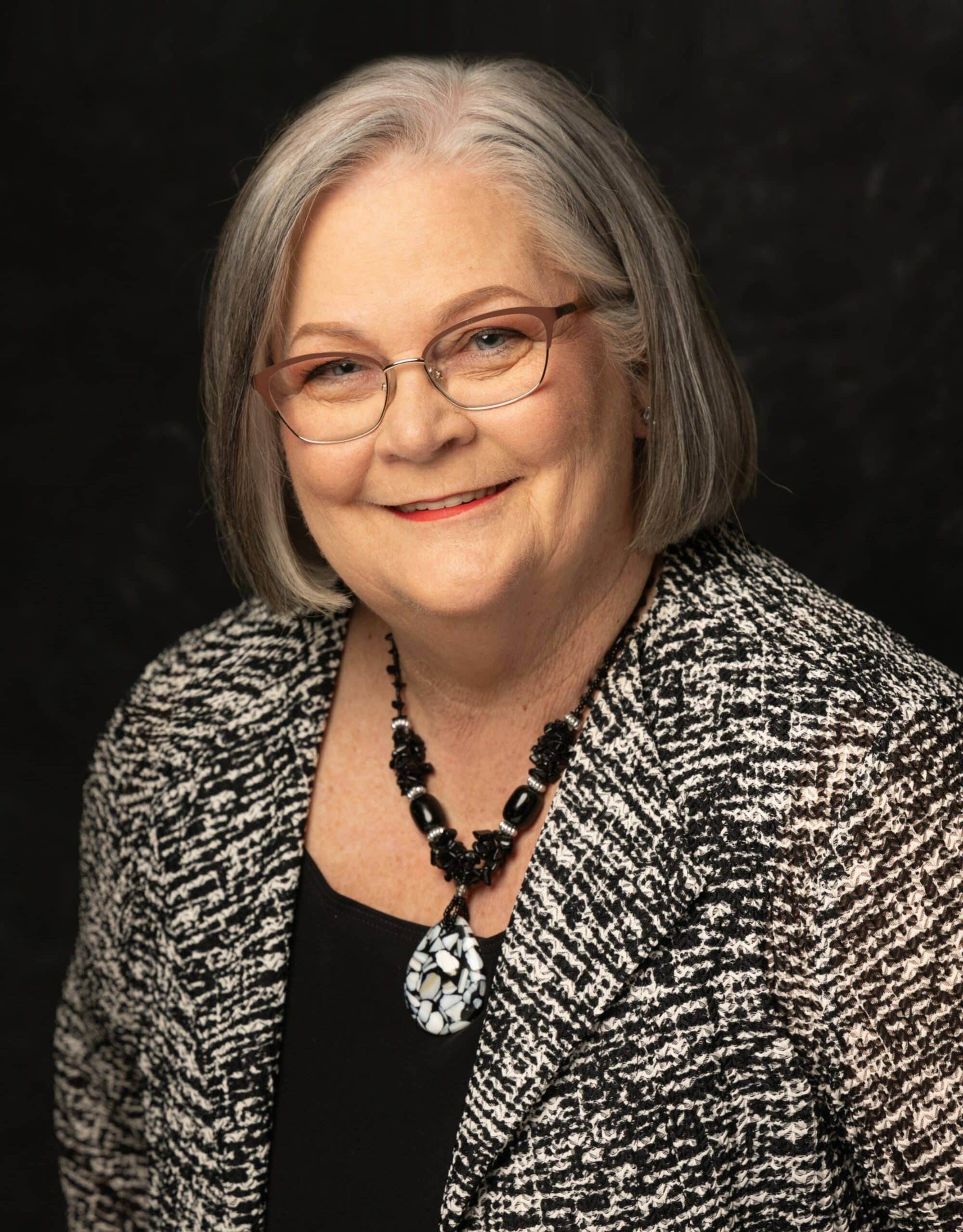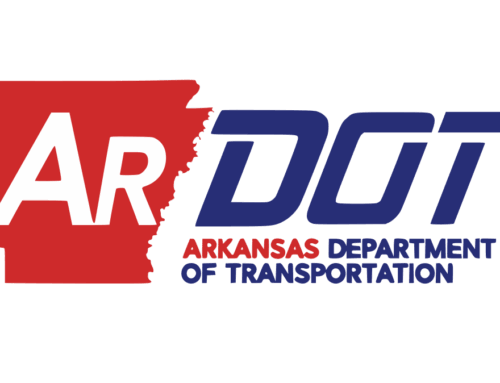The nonprofit sector responds to crises as they often play essential roles during natural disasters like tsunamis, hurricanes, earthquakes, social and political disruptions, and healthpandemics like COVID-19. The Centre for Research in Epidemiology of Disasters reported in 2021; the economic loss was US$171.3 billion worldwide as the nonprofit sector, in partnership with local government, businesses, and in collaboration with other non-governmental institutions and nonprofit organizations, responded to drought, earthquakes, extreme temperatures, floods, landslides, storms, volcanic activity, and wildfires. For instance, consider world events on one day, September 19, 2022. On this day, a 7.5 earthquake hit Mexico’s central Pacific coast, the war in Ukraine raged on, illegal immigrants to the United States were being bused from Texas to New York City as a political statement, remote regions of Alaska flooded, massive storms occurred across the United States, hurricane Fiona was approaching Puerto Rico, a tropical storm slammed Southwest Japan with excessive rain and wind, and Queen Elizabeth was laid to rest. These local, national, or global disasters can impact communities as organizations, businesses, and governments respond to meet the needs of people affected by the disaster.

The community of nonprofit professionals that respond to natural disasters can fall into three categories. The first category,referred to as “helping professionals” are the first responders, law enforcement, firefighters, emergency medical services workers, and Voluntary Organizations Active in Disaster(VOAD). The second category, “service provider professionals,”provide programs and services to meet the needs of people in the aftermath of a disaster. And a third category is the individuals who, in voluntary action, serve as a conduit between the need and a resource to meet the need, e.g., fundraising, collecting food or clothing, or volunteering to clear debris.
As we experienced, COVID-19 originating in Wuhan City, Hubei Province, China, filtered down to have substantialimplications for the nonprofit community in the United States. The nonprofit sector, particularly those comprising the modern social safety net, responded during the COVID-19 pandemic to provide food, shelter, water, clothes, medical supplies, childcare services, and relief and recovery to countless millions of people. What was different during COVID‐19 was that many nonprofit organizations struggled to help their communities while also trying to endure the crisis themselves (BoardSource, 2020). The nonprofit sector experienced an enormous increase in the demand for programs and services to meet the needs of people. And yet, at the same time, they had fewer resources due to supply chain and other government-imposed sanctions. All the while, governments, federal agencies, and institutional governance agencies looked to the nonprofit sector to provide programs and services to meet the needs of the people. The work associated with the safety net and social services delivery of programs and services to meet the needs of people is never-ending.
The nonprofit delivery system is essential in the United States to meet the growing needs of people exacerbated by the global COVID-19 pandemic. Coming out of the pandemic in 2021, President Biden reestablished the White House Office of Faith-Based and Neighborhood Partnerships within the President’s Executive Office, strengthening the nonprofit sector and its partnership with the federal government. The President’s executive order cited the global pandemic, a severe economic downturn, systematic racism, climate crisis, and polarization as reasons to seek civil society partnerships to meet such challenges. Additionally, the nonprofit sector is an increasinglyvaluable partner and conduit in the federal government’s delivery of programs and services to meet the growing needs of people in the United States.
What does this mean locally, and why is the nonprofit sector important in our communities? Consider the delivery system associated with providing programs and services to meet the needs of people. This system occurs at society’s micro, mezzo, and macro levels or in local, state, or national contexts. For instance, many of our communities seek solutions to increasedchildhood obesity, which has become a wicked problem and can be addressed locally. The Centers for Disease Control and Prevention reports 1 in 5 children in the United States is obese, contributing to high blood pressure, high cholesterol, type 2 diabetes, breathing problems, joint problems, and social isolation, all of which can affect a child’s health and wellness. To address childhood obesity at the national level, congress may allocate money for education, programs, and services to fight childhood obesity; the money then flows to the state, where the state gives its portion of the money to organizations they know to address childhood obesity. The organizations at the state level filter the funds to the local level, where programs and services are implemented to address childhood obesity. However, the federal government is not a be-all solution to fund wicked problems; additionally, public and private partnerships may formto provide funding for community impact solutions that address wicked problems. For instance, since allocating $500 million in 2007 to address childhood obesity, the Robert Wood Johnson Foundation reported in February 2017 that it had dedicated more than $1 billion to reversing the childhood obesity epidemic. It is in community where wicked problems are addressed, and the nonprofit sector is at the core of providing solutions.
Why are nonprofit organizations important in our communities? Because at the community level, nonprofit organizations are the boots on the ground where they find solutions and implement programs and services to meet people’s needs for the community’s common good. Next week we will take a closer look at nonprofit professionals and why they do what they often do at the expense of themselves because community matters.
In Community,
Dr. Pat
Dr. Patricia A. Clary is a syndicated columnist who consults with nonprofit and business sector partnerships that promote strategic community impact agendas to solve complex societal issues through governance, collaboration, and convening leadership. Connect with Dr. Clary patriciaclary.com, LinkedIn pat-clary,
Facebook PatriciaAClaryPhD, or at moc.liamg@6776yralctap. ©2023 All Rights Reserved.






